Riding an ATV is a great experience that can be enjoyed by the entire family. It's exciting, and it teaches respect on many levels, including for the environment, habitat and even respect for others.It’s the most popular sport in USA.Good CV joint axles are essential for transferring the torque from the transmission to the drive wheels at a stable speed when you are riding your Yamaha Rhino.If not,it’s really a big headache.Have you known how to identify bad front axles or rear ones of your Polaris ranger ?
Signs of Failing Front or Rear Axle Shaft
1. Noise
Clicking or popping during tight turns indicates possible outboard cv joint damage.
2.Vibration
Shudder or clunking when accelerating or decelerating indicates possible inboard cv joint damage.This symptom is more apparent than clicking.Noise and vibration when cornering can just indicate a problem in the CV joint, which is a cheaper problem to cure, but it still needs to be dealt with promptly in case there is a larger issue at hand. It is much better to be vigilant with repairs than assuming the problem is minor, since a malfunction with a drive axle while driving could be dangerous. Also, when the axle is in very bad condition it will feel as if you’re driving a vehicle with a warped wheel.
3. Movement
With the vehicle jacked up and supported, move the drive axle up and down. There should be no excessive movement (no more than ½ inch or so). If you do feel movement, your drive axle is too worn and needs replacement as soon as possible. This is common especially when the vehicle has a great deal of mileage on the clock, typically more than 100,000 miles.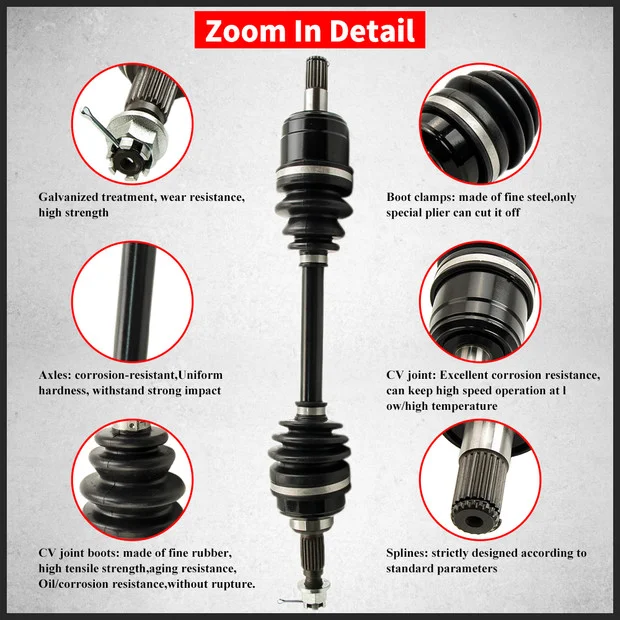
If you keep these three common symptoms in mind while driving, catching a drive axle problem early shouldn't be hard.
How can I replace my cv joint axles?
Before deciding to replace cv joint axles, look for defects in other associated components. If the related components show any signs of wear, such as boots,you could just buy more high-quality boots in you local repair shop then install them,it is better to replace the entire axle assembly.
Here are the steps to install axles:
1) Raise the end of the atv with jack stands; front end for front axle and rear end for rear axle.
2) Remove the axle nut in the wheel.
3) Uninstall the suspension and steering components.
4) Remove the shaft.
5) Install the axle.
6) Install the shaft, the suspension and steering components, and the axle nut back in their respective places.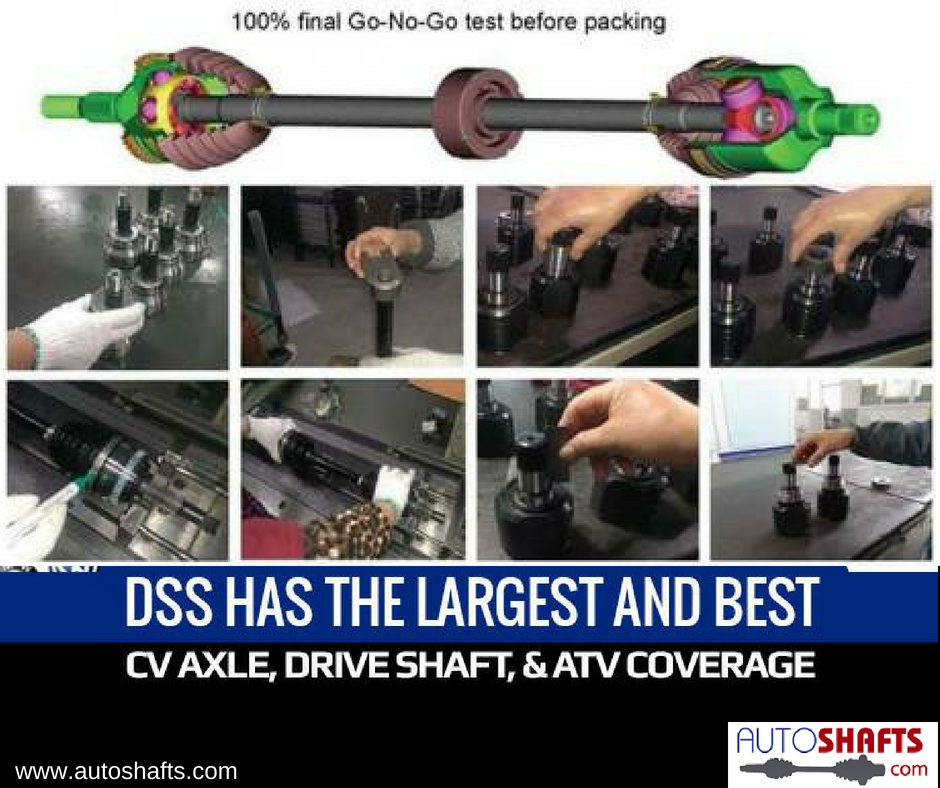
If a CV joint itself is worn out, it cannot be repaired and it's time to replace a new one and takes about an hour to complete the installation.A brand new and high quality cv joint axle can be purchased at Amazon or another auto parts online stores such as hexautoparts ,buyautoparts ,carautoparts. They are for between $50.00 and $80.00 ,is it not very expensive,right ? Try them, deserve it.
Hope this article can help you how to identify axle are failing and need repair .More information about Automotive you can keep eyes on my blog, which aim to offer profession tutorials for most of people know automotive aftermarket. Also you can easily access a lot of information on car repair and maintenance here, fixing and repairing minor faults in vehicles is a norm.
Due to a worn out rear lower control arm bushing on the passengers side, and the drivers side one getting a wee bit sloppy, I replaced both lower control arms.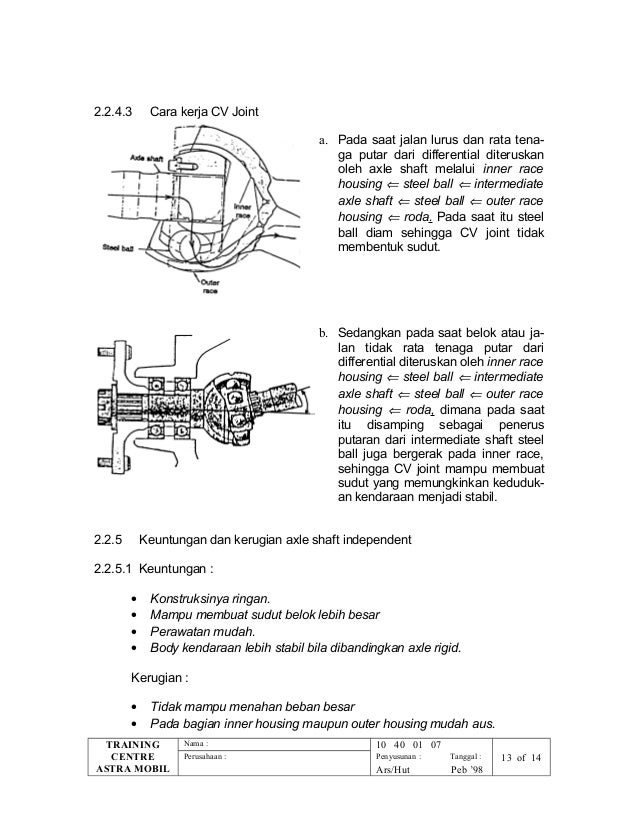 The local dealer wanted $495 to replace just the rear bushings alone (yea Canada), but I picked up a pair of chevy hhr lower control arms , complete with all bushings and the lower ball joint installed, from HexAutoParts in the US for $59 plus taxes. NOTE: If you are shopping for replacement Lower Control Arms you may find stamped steel ones being offered for the HHR - those may fit, but are actually for the Cobalt cars. The HHR's use cast ones, not stamped steel - the cast ones are definately recommended. Here is the process used along with a list of the tools used, as well the torque specs, and a few tips on the process: Tools: - 15 mm socket - 15 mm box end wrench - 16 mm socket - 13/16" socket - 6 inch extensions for the sockets - torque wrench - small pry bar - screwdriver - small
The local dealer wanted $495 to replace just the rear bushings alone (yea Canada), but I picked up a pair of chevy hhr lower control arms , complete with all bushings and the lower ball joint installed, from HexAutoParts in the US for $59 plus taxes. NOTE: If you are shopping for replacement Lower Control Arms you may find stamped steel ones being offered for the HHR - those may fit, but are actually for the Cobalt cars. The HHR's use cast ones, not stamped steel - the cast ones are definately recommended. Here is the process used along with a list of the tools used, as well the torque specs, and a few tips on the process: Tools: - 15 mm socket - 15 mm box end wrench - 16 mm socket - 13/16" socket - 6 inch extensions for the sockets - torque wrench - small pry bar - screwdriver - small
Read more
It's well known that Brake Pads are fast-moving consumer goods.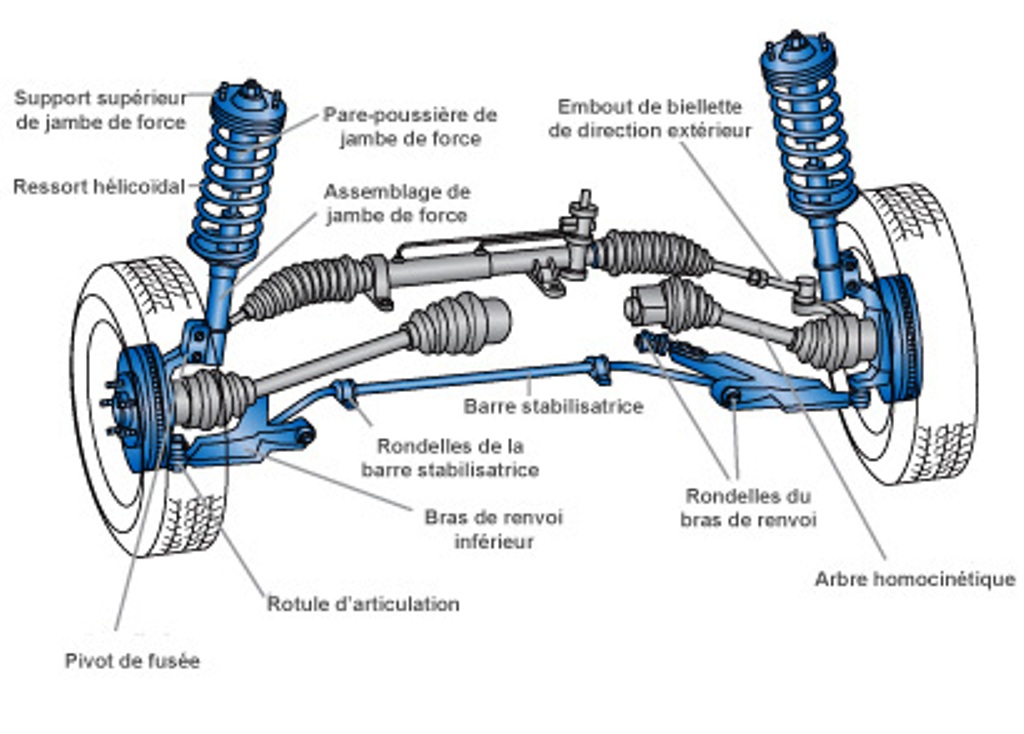 You need to replace new sintered brake pads for your Suzuki GSXR 600 or Harley Davidson Street Glide when they wear out, which can be 6 months or 6 hours depending on the weather and location. Recently,more and more riders reflect that after installed sintered brake pads, for example Foreverun Sintered Brake Pads , there is a humming/grinding sort of noise when go to brake. Is it really caused by the sintered brake pads themselves ? The short answer is No.Even though you replaced with New EBC Sintered Brake Pads maybe also have this problem.How do we check in this case or ask a mechanic to take another look at it? Causes and How to Fix Grinding Noise After Replacing New Sintered Brake Pads There are a few reasons for grinding noise after replacing new sintered brake pads. 1. The sintered pads are new. When your brake pads are new they need a little bit of wearing in so they can function norm
You need to replace new sintered brake pads for your Suzuki GSXR 600 or Harley Davidson Street Glide when they wear out, which can be 6 months or 6 hours depending on the weather and location. Recently,more and more riders reflect that after installed sintered brake pads, for example Foreverun Sintered Brake Pads , there is a humming/grinding sort of noise when go to brake. Is it really caused by the sintered brake pads themselves ? The short answer is No.Even though you replaced with New EBC Sintered Brake Pads maybe also have this problem.How do we check in this case or ask a mechanic to take another look at it? Causes and How to Fix Grinding Noise After Replacing New Sintered Brake Pads There are a few reasons for grinding noise after replacing new sintered brake pads. 1. The sintered pads are new. When your brake pads are new they need a little bit of wearing in so they can function norm
Read more
2019-03-21 | Categories: How To Repair | Tags: atv axles technical help
The ATV and UTV become more popular vehicles in the USA recently, you can drive it on the field, trail, rock and mud to enjoy the fun, it’s really exciting sport.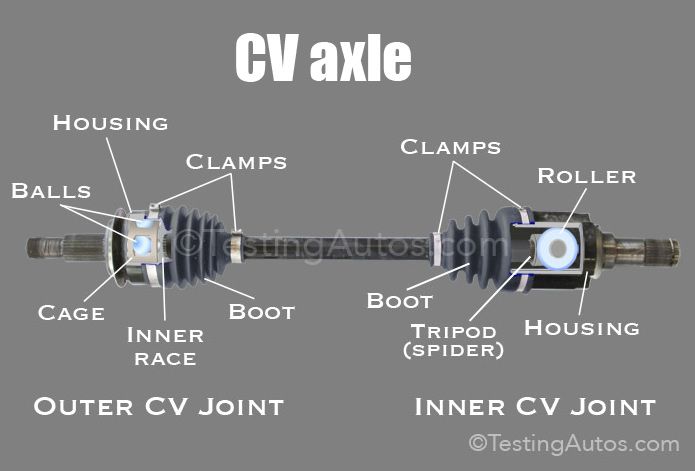 While, most of ATV parts are easier broken than the street car, such as Axle Shaft is the most common issues for the UTV/ATV driver.The Yamaha Rhino and Polaris Ranger as the most popular off-road vehicle, made to carry multiple people off the trail.Their are 4X4 vehicles, and they have an independent suspension with four individual axles. Do you want to know what's polaris ranger axle problems or when you need to replace Yamaha Rhino and Polaris Ranger CV Axle Shaft?
While, most of ATV parts are easier broken than the street car, such as Axle Shaft is the most common issues for the UTV/ATV driver.The Yamaha Rhino and Polaris Ranger as the most popular off-road vehicle, made to carry multiple people off the trail.Their are 4X4 vehicles, and they have an independent suspension with four individual axles. Do you want to know what's polaris ranger axle problems or when you need to replace Yamaha Rhino and Polaris Ranger CV Axle Shaft?
When a drive axle fails completely, it can leave you deadlocked in the streets. Knowing about the problems and symptoms of drive axles can be helpful if you run into any issues or find any indications of failure.
CV axles will fail for many reasons, one being wear and tear. If you have a 1995 Honda Rancher and you’ve never done anything to it then don't be surprised if things start failing. Not needing to work on your ATV doesn't mean it doesn't need maintenance. CV axles will also fail due to torn boots allowing mud, sand, water and any other foreign particles inside where they’re ground up at each rotation.
Not needing to work on your ATV doesn't mean it doesn't need maintenance. CV axles will also fail due to torn boots allowing mud, sand, water and any other foreign particles inside where they’re ground up at each rotation.
Signs of a Damaged CV Axle Shaft You Need To Know
1.Grease filled around the CV joint can seep out of them when the rubber boots are cracked or broken. Over time, the grease can spread out to the area inside the wheel rim.
2. You need pay more attention on clunking sound.When you put your car in gear you will likely hear a sudden sputtering or clunking noise as the vehicle struggles to get power in order to move forward if your axle is damaged or in need of some sort of repair. This is because the transmission won't be able to properly transfer engine power through the drive line to the axles to wheels.
3. A humming or growling noise is emitted due to a lack of lubrication in the CV joint.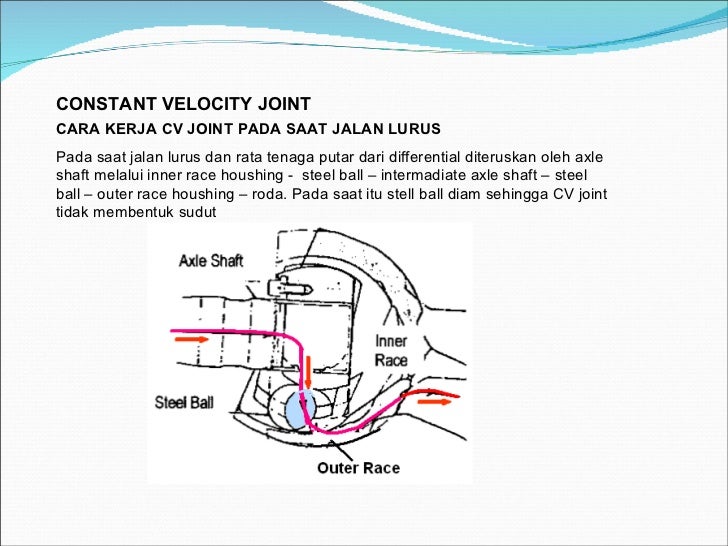 A steady knocking while driving at low speeds is also an indication of a bad CV joint.
A steady knocking while driving at low speeds is also an indication of a bad CV joint.
4.If your vehicle will not move, it may be some axle trouble.This is likely because the axle has snapped at the universal joint. When you hit the gas your engine will only rev and you will not move forward.
5.When your vehicle shudders while accelerating, it indicates a fault in the inner CV joints.
HOW TO SAVE MONEY ON ATV CV JOINT REPAIR?
The main way of saving money on CV joint repair is to simply replace the half shaft itself, and choose a reliable online store to buy cheap and high quality cv axle shaft.You can shop around online and in person to get the best possible quote from the garages in your local area, so taking the time to compare estimates can save you money. HexAutoParts.com stocks high-quality front axles, rear axles drive axle kits. In our site, you can locate parts of your choice by entering your car's year, make and model. Your part's OEM number can also be used to find the appropriate fit for your vehicle.
Your part's OEM number can also be used to find the appropriate fit for your vehicle.
If you want to get the CV Axle Shaft replacement tutorials you can keep eyes on our blog, we have professional repair guide CV Axle Install .Hex Auto Parts is one of the best place online to get replacement ATV parts that come with a warranty at competitive prices. We stock a wide range of OEM replacement and aftermarket parts for popular make and model. To find the right auto part for your car or motorcycle, simply tell us your car's year, make and model. Your order will be shipped from our TX warehouse to your location. HexAutoParts always offer free shipping for everyone here. Our products have been tested to meet or exceed industry standards. You can reach us on our support line at or leave us an email at [email protected], If you need help in choosing the part. Please feel free to leave us an online review. We value your feedback!
Prev: Good Thing to use A/C Compressor in Winter - Why we should Run Auto Air Conditioner in Winter?
Next: How to Choose Correct Wheel Spacer for Truck, Car and Jeep - What Size Wheel Spacer You Need
 How to check and troubleshoot
How to check and troubleshoot More interesting news on our pages in social networks
The front suspension of a front-wheel drive car has a part with a strange name at first glance CV joint. And not just one, but four. The tricky name means "a hinge of equal angular velocities". In the technical literature, the term homokinetic hinge is usually used. Outwardly, the CV joint resembles a grenade, which is why the people called it that way. But for most motorists, neither the form nor the decoding of the abbreviation explain what this part is intended for. Let's try to figure it out, and at the same time find out how the malfunction of the CV joints manifests itself and how to determine which of the hinges is the source of the problem.
But for most motorists, neither the form nor the decoding of the abbreviation explain what this part is intended for. Let's try to figure it out, and at the same time find out how the malfunction of the CV joints manifests itself and how to determine which of the hinges is the source of the problem.
In the cardan transmission, which was originally used for this purpose, the deviation from the coaxial arrangement of the shafts leads to a decrease in the angular velocity of rotation of the driven shaft relative to the driving one. And the steeper the turn that the car makes, the slower the rotation of the driven axle shafts. As a result, all this resulted in a loss of power, jerks in corners and a stressful operation of the transmission as a whole, which means rapid wear and a reduction in the service life of its parts. Cardan joints themselves also did not differ in longevity.
The invention of the constant velocity joint changed the situation radically. Its use allows the axle shafts to rotate at a constant angular speed, even if the wheels are turned at a significant angle. As a result, the absence of vibrations and jerks is ensured, and most importantly, the transfer of rotation from the motor to the wheels is carried out without significant power losses.
Its use allows the axle shafts to rotate at a constant angular speed, even if the wheels are turned at a significant angle. As a result, the absence of vibrations and jerks is ensured, and most importantly, the transfer of rotation from the motor to the wheels is carried out without significant power losses.
Each axle has two CV joints. That is, in a front-wheel drive car, there are only four grenades - two internal and two external.
Internal and external hinges differ in function and design. The internal one is located near the gearbox and is designed to transmit torque from the differential to the axle shaft. Its working angle, as a rule, does not exceed 20°, but at the same time it allows some displacement along the axis, thus providing the possibility of changing its length. Shortening or lengthening the drive shaft is necessary to compensate for suspension travel.
The outer CV joint is mounted on the opposite end of the axle shaft, next to the wheel. It is able to work at an angle of about 40 °, providing rotation and rotation of the wheel. It is clear that the external grenade works in more stressful conditions, and therefore fails somewhat more often than the internal one. The dirt flying from under the wheels also contributes to this, the external CV joint clearly gets more of it than the internal one.
It is able to work at an angle of about 40 °, providing rotation and rotation of the wheel. It is clear that the external grenade works in more stressful conditions, and therefore fails somewhat more often than the internal one. The dirt flying from under the wheels also contributes to this, the external CV joint clearly gets more of it than the internal one.
CV joints are available in a variety of designs. However, in our time in cars you can mainly find two types of CV joints - "Tripod" and Rzeppa's ball joint. The first one does not have a large working angle, but it is reliable and relatively cheap, and therefore it is usually used as an internal hinge. It uses rollers that are placed on a three-beam fork and rotate on needle bearings.
The second one has a much larger working angle, so it is logical that it is used as an external CV joint. It is named after the mechanical engineer Alfred Rzeppa (the incorrect pronunciation of Rzeppa is also common), a native of Poland who worked for the Ford company. It was him at 19In 26, he created the design of a constant velocity joint with six balls, which are held in the holes of the separator located between the body and the inner cage. The movement of the balls along the grooves on the inner race and from the inside of the housing makes it possible to change the angle between the axes of the driving and driven shafts over a wide range.
It was him at 19In 26, he created the design of a constant velocity joint with six balls, which are held in the holes of the separator located between the body and the inner cage. The movement of the balls along the grooves on the inner race and from the inside of the housing makes it possible to change the angle between the axes of the driving and driven shafts over a wide range.
Zheppa's CV joint and its modernized varieties ("Beerfield", "Lebro", GKN and others) are still successfully used in the automotive industry.
CV joints themselves are very reliable and may well last for a couple of hundred thousand kilometers, or even longer. Unless, of course, you do not allow dirt and water to get into them, change anthers and lubricants in time, drive carefully and avoid bad roads.
And yet grenades also fail sooner or later. For one reason or another, workings appear in the cage or hinge body. The balls rolling inside hit them, emitting a characteristic dull metallic thud. Then they talk about the "crunch" of the CV joint.
Then they talk about the "crunch" of the CV joint.
Backlash and wear are due to natural wear or as a result of improper operation. There can be several reasons, but the most common is a damaged anther. Through breaks in the protective rubber boot, oil flies out, leaving the rubbing elements of the hinge without lubrication. In addition, through cracks in the anther, moisture, debris, sand enter the CV joint, which act as an abrasive, accelerating the wear of the grenade. The condition of the anthers should be checked regularly - every 5 ... 6 thousand kilometers, and at the slightest sign of damage, change without hesitation. A rubber boot is much cheaper than a CV joint.
The second most common factor leading to premature wear of grenades is an aggressive driving style. Extreme driving over rough terrain and a sharp start to movement at the moment when the wheels are turned out are especially detrimental to CV joints.
Another possible reason is engine tuning with power buildup. It can significantly increase the load on the transmission. As a result, its elements, including CV joints, will be subject to faster wear.
It can significantly increase the load on the transmission. As a result, its elements, including CV joints, will be subject to faster wear.
If the grenade started making noise shortly after being replaced, you may have received a defective or counterfeit one. But it is impossible to exclude errors during installation that can disable a new high-quality hinge. Therefore, if you are not very confident in your abilities, it is better to entrust the replacement of CV joints to specialists.

The quality of the lubricant is not always up to par. Some varieties do not tolerate frost well and may thicken at low temperatures. Then the pomegranates start to crackle. The internal CV joints warm up quite quickly and stop knocking, while the external ones can continue to make noise much longer. In such cases, it is better to avoid sharp turns and accelerations until the crunching stops. Probably, you should choose a better lubricant that can ensure the normal operation of the hinges in frosty weather.
CV joints do not fall apart overnight without any preliminary symptoms. Internal defects and wear appear gradually, and the process of destruction of the part takes a long time. Therefore, for some time with crispy hinges you can ride, but if possible, sharp accelerations and turns at high speed should be avoided. It is also important not to miss the moment and not let the grenade collapse. It is possible that other parts of the transmission will also be damaged.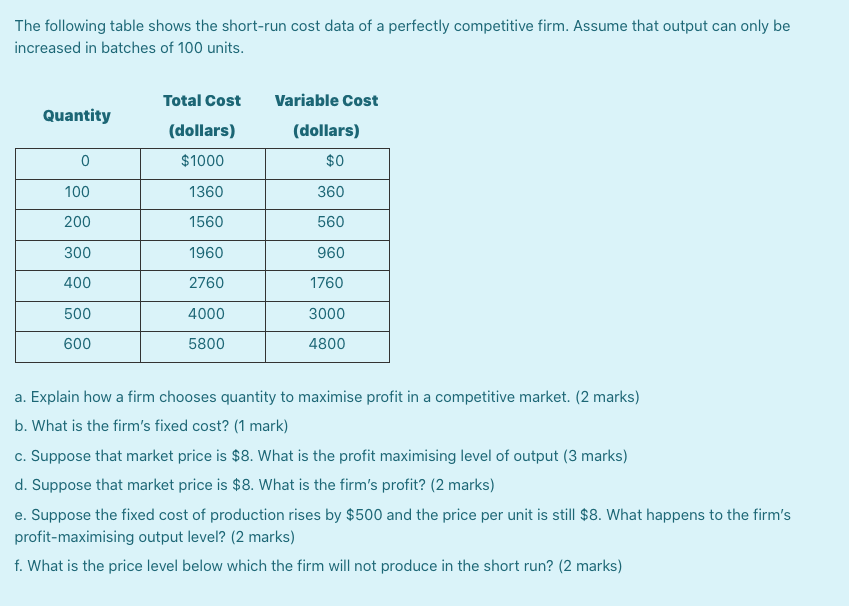 With a collapsed CV joint, the car will not be able to move, and you will have to deliver it to the garage or to the service station using a tug or tow truck. In some cases, a stuck CV joint can lead to loss of vehicle control. It is hardly necessary to explain what consequences this may have.
With a collapsed CV joint, the car will not be able to move, and you will have to deliver it to the garage or to the service station using a tug or tow truck. In some cases, a stuck CV joint can lead to loss of vehicle control. It is hardly necessary to explain what consequences this may have.
Therefore, if there is a rattling or crackling sound in the suspension, do not put off finding out the reasons and determining the culprit of the problem. Moreover, sometimes a crunch means just a lack of lubrication, and such a malfunction is eliminated relatively simply and cheaply.
Because there are four CV joints in a front wheel drive vehicle, it is important to isolate the problem and determine which of the grenades needs to be replaced or at least lubricated. Many do not know how to do this, although in many cases everything turns out to be not so difficult.
First of all, of course, a visual inspection should be done. If the anther is damaged, then the CV joint definitely requires at least dismantling, prevention, lubrication and replacement of the protective rubber boot, and as a maximum - replacement. Damage to the boot will be indirectly indicated by grease splashed on neighboring parts.
If the anther is damaged, then the CV joint definitely requires at least dismantling, prevention, lubrication and replacement of the protective rubber boot, and as a maximum - replacement. Damage to the boot will be indirectly indicated by grease splashed on neighboring parts.
Try turning the joint around the axle by hand. A serviceable CV joint should remain motionless. If there is play, then the hinge must definitely be replaced. However, it will be more reliable to determine the presence or absence of backlash by dismantling the axle shaft with grenades and holding it in a vise.
The greater the angle between the drive and driven shaft, the greater the load on the joint, especially if it receives a significant torque from the motor. Hence the easiest way to determine a faulty external CV joint. Turn the steering wheel as far as possible to the left or right and start moving sharply. If the crunch appears when the wheels are turned to the left, then the problem is in the left outer grenade. If it starts knocking when the steering wheel is turned to the right, you need to deal with the right outer hinge. The sound, as a rule, is heard quite clearly and may be accompanied by vibration on the steering wheel. Symptoms are usually quite pronounced and do not cause doubts. If the sound is weak, especially on the right side, then it is better to ask an assistant to listen.
If it starts knocking when the steering wheel is turned to the right, you need to deal with the right outer hinge. The sound, as a rule, is heard quite clearly and may be accompanied by vibration on the steering wheel. Symptoms are usually quite pronounced and do not cause doubts. If the sound is weak, especially on the right side, then it is better to ask an assistant to listen.
A faulty inner CV joint often does not manifest itself so clearly. If the road surface is even, the problematic inner grenade will usually begin to make sounds at high speed or during acceleration, when the load on the hinge increases. Vibration and jerking of the machine are also possible here. At low to medium speeds, an inboard joint crunch can be heard when driving in a straight line on rough roads, especially when the wheel hits a pothole.
You can choose a suitable pothole, fortunately, the choice of them on domestic roads is very wide, and try to drive through it first only with the left wheel, then only with the right. If a metallic crunch occurs in the first case, then the left inner CV joint is under suspicion, if in the second, check the right one. Just do not overdo it, otherwise in this way you can ruin a serviceable grenade.
If a metallic crunch occurs in the first case, then the left inner CV joint is under suspicion, if in the second, check the right one. Just do not overdo it, otherwise in this way you can ruin a serviceable grenade.
And do not forget that similar knocks while driving on bad roads can also come from suspension parts.
If you have a jack handy, you can test all four joints and more accurately determine which one is causing the problem. The procedure is as follows:
1. Center the steering wheel.
2. Hang one of the front wheels.
3. Engage the handbrake, put the shift lever in neutral and start the engine.
4. With the clutch depressed, shift into 1st gear and gradually release the clutch pedal. The hung wheel will start spinning.
5. Load the CV joints by gently applying the brake. The problematic internal hinge will make itself felt with a characteristic crunch. If both internal grenades are working, then there will be no extraneous sounds, and the engine will start to stall.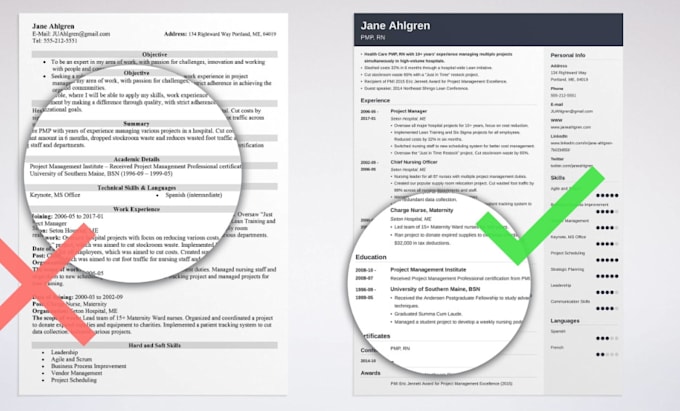
6. Now turn the steering wheel as far to the left as possible. A failed inner hinge will still make noise. If the left outer grenade has internal workings, it will also thunder. Accordingly, the sound will become louder.
7. Similarly, check the right outer CV joint by turning the steering wheel all the way to the right.
After completing the test, place the gear lever in neutral, stop the engine and wait for the wheel to stop turning. Now you can lower the car to the ground.
Having identified the problematic hinge, you need to dismantle it, disassemble it, rinse it thoroughly and inspect it. If there are workings, damage, backlash, the CV joint should be replaced with a new one. There is no point in repairing it. Attempting to sand work surfaces is likely to be a waste of time and effort and will not give a lasting effect.
If the part is in order, after washing it should be filled with special grease for CV joints and returned to its place.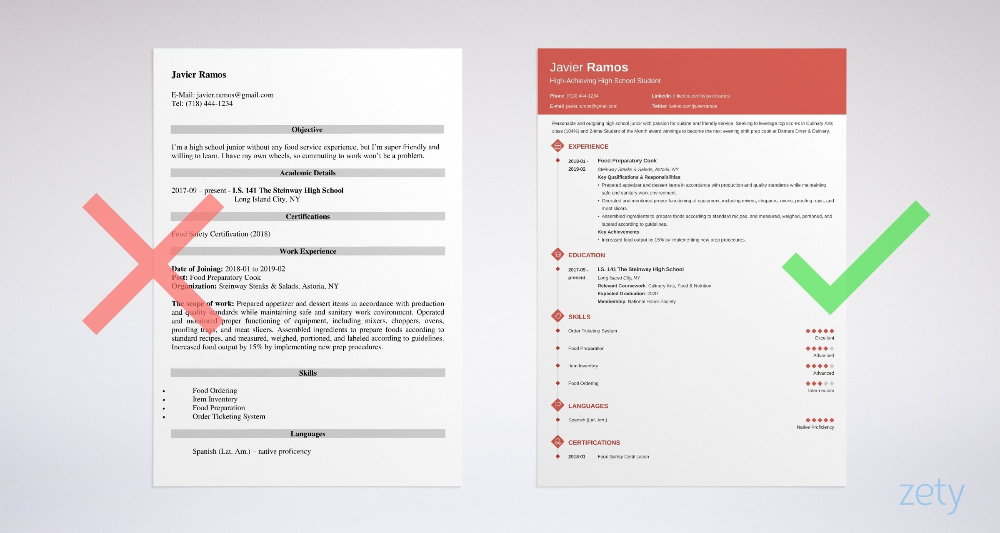 The same should be done with the new hinge. As a rule, for an internal grenade you need about 100 ... 120 g of lubricant, for an external one - a little less. Lubrication during assembly must also be laid under the anther, and then securely tighten it with clamps on both sides.
The same should be done with the new hinge. As a rule, for an internal grenade you need about 100 ... 120 g of lubricant, for an external one - a little less. Lubrication during assembly must also be laid under the anther, and then securely tighten it with clamps on both sides.
Since errors during the installation of CV joints can lead to their premature failure, it is better to carry out this procedure for the first time in the presence of a more experienced motorist, who will explain all the details of the process along the way.
When replacing parts that have a symmetrical pair in the machine, you should be guided by the general rule - change both elements at the same time. This rule should also be applied to CV joints, but with one important clarification: never remove both axle shafts at once in order to prevent displacement of the differential gears. First, work with one axle shaft and install it in place, only then you can dismantle the second one if necessary.
Cheap hinges, produced under little-known brands, are often made of poor quality metal and not very carefully assembled, and initially defective parts come across.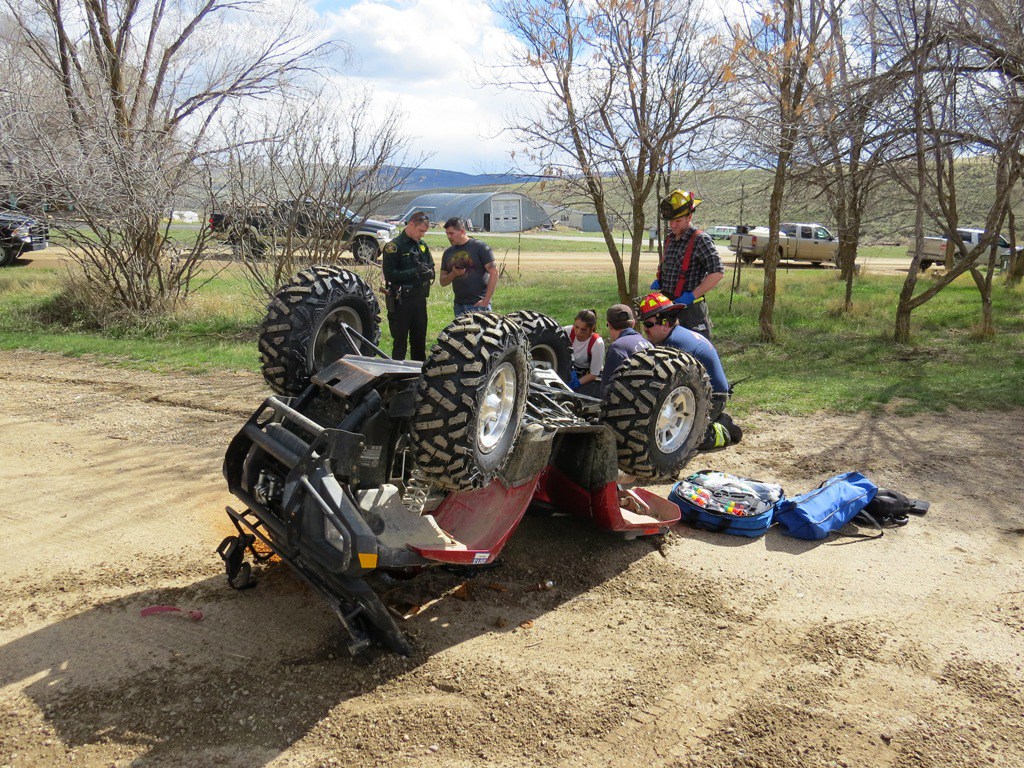 Such products should be avoided. The choice of the place of purchase should also be approached with caution. In the Chinese online store you can purchase the necessary spare parts for transmission, suspension and other systems of Chinese and European cars.
Such products should be avoided. The choice of the place of purchase should also be approached with caution. In the Chinese online store you can purchase the necessary spare parts for transmission, suspension and other systems of Chinese and European cars.
In the vehicle transmission device, the constant velocity joint, better known as the CV joint or grenade, is a fairly heavily loaded assembly. In short, it is through the CV joint that the torque from the gearbox is transmitted to the wheels of the car. By the way, on front-wheel drive cars or all-wheel drive versions, this hinge must be designed so that the force is transmitted to the steered wheels at varying angles.
In general terms, the drive shaft is connected to the gearbox or axle through the inner CV joint, while the connection to the wheel hub is through the outer CV joint. Of course, during the operation of the car, these hinges tend to wear out and fail. Please note, with regard to the CV joint, the signs of a malfunction (even subtle ones) are a solid basis for in-depth diagnostics.
Please note, with regard to the CV joint, the signs of a malfunction (even subtle ones) are a solid basis for in-depth diagnostics.
Contents of the article
So, before you check the CV joints, you must separately take into account a number of features. First, hinges can be internal or external. So, they rarely fail at the same time. In fact, the outer CV joint breaks more often. However, it cannot be ruled out that, for example, the left internal grenade or the right internal hinge is not problematic.
At the same time, to an inexperienced motorist, both internal and external CV joints may seem the same. In fact, they differ in terms of design, experience different loads, have different modes of operation, and the signs of their malfunctions are somewhat different from each other. Let's figure it out.
 If we consider the outer CV joint, it is rigidly fixed on the shaft and is more responsible for the possibility of rotation. On some cars, the outer grenade is so firmly attached to the shaft that it must be cut off to remove it.
If we consider the outer CV joint, it is rigidly fixed on the shaft and is more responsible for the possibility of rotation. On some cars, the outer grenade is so firmly attached to the shaft that it must be cut off to remove it. We also add that a special grease for CV joints is put into the hinge cavity. This lubricant protects the element from moisture and shock loads. Please note that it is impossible to put grease in the CV joint that is unsuitable for its properties and type. In this case, the constant velocity joint will quickly fail.
Also note that front-wheel drive cars have a transverse engine, that is, the box is shifted to the left. The result is that the left drive shaft will be shorter than the right one. So, the longer right shaft is not always solid. There are options when it is made of two parts, which are connected using an outboard support (outboard bearing).
Special attention deserves the fact that on some cars a tripod is used as an internal hinge, and not the usual type of CV joint considered in the article. In any case, the principle of operation of the tripod is still similar and there are no fundamental differences.
In any case, the principle of operation of the tripod is still similar and there are no fundamental differences.
Let's start with the fact that the main cause of CV joint failure is the wear of the balls, hinge cage or tracks (working surface of the body). More rarely, the parts are destroyed, which leads to the separation of the hinge. Given the fact that the part is under high stress, it is important to be able to accurately identify the problem.
Diagnosis of CV joints is slightly different depending on their type (external or internal). Knowing the nuances discussed above allows you to more accurately check or identify a damaged part in a timely manner. The main thing is to pay attention to the malfunction of the CV joint and to know the characteristic signs and symptoms of such a breakdown.
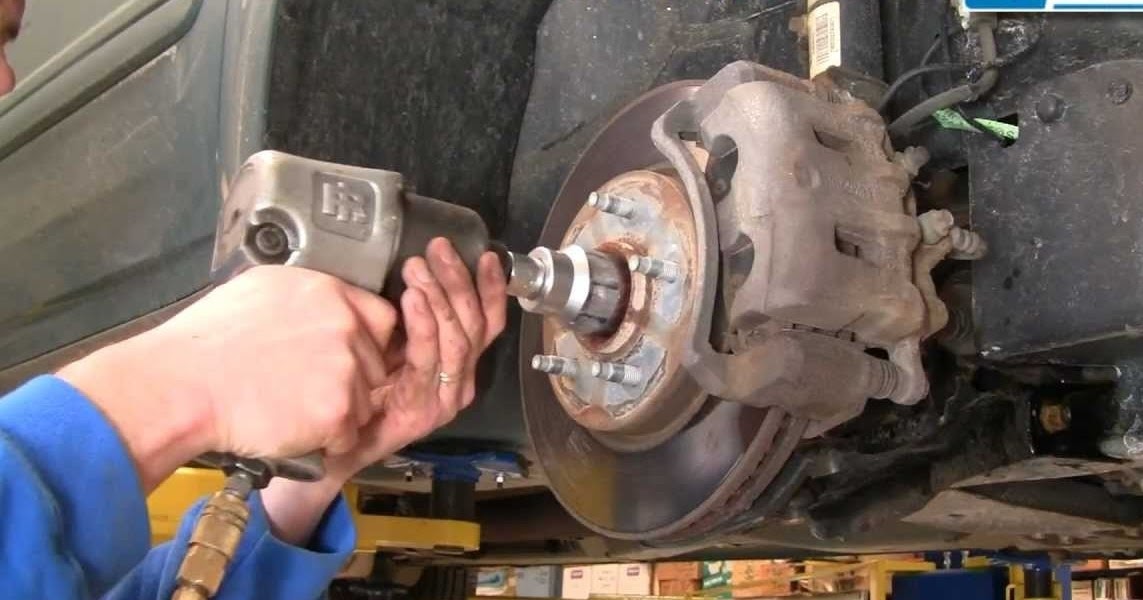 Vibrations and light shocks, jerks during acceleration can also be felt. Please note that these signs are generalized, that is, it is necessary to separately separate the malfunctions of the internal and external CV joint.
Vibrations and light shocks, jerks during acceleration can also be felt. Please note that these signs are generalized, that is, it is necessary to separately separate the malfunctions of the internal and external CV joint. First of all, in order to understand which CV joint crunches, internal or external, you need to consider the following: have heavy loads.
Naturally, it is more difficult to determine the malfunction of the internal CV joint. Let's dwell on this in more detail. The easiest way to test an internal grenade is to drive on a rough road, where you can get maximum suspension travel, but without harsh shocks. It is optimal to check the hinges on a dry dirt road, which has holes of medium depth washed out by rain.
When the car is driven on such a road, the front suspension will be loaded, which will cause constant axial and angular displacement of the inner CV joint cage. If the inner grenade is worn out, such a hinge will crunch in the same way as the outer one.
If the inner grenade is worn out, such a hinge will crunch in the same way as the outer one.
If the check did not give anything, then you can go to the lift. However, it should be borne in mind that when hanging the wheels, the load on the CV joints is minimal and they may not show signs of problems.
Of course, experienced craftsmen often still detect a malfunction, as they are able to notice even small backlashes. It happens that specialists can completely disassemble the suspension and remove the drives, remove the cover from the CV joint and immediately carry out troubleshooting.
At the same time, it can be difficult to detect a hidden problem on your own and without experience. An exception can be considered such a clear backlash, when even with the wheels suspended (without load), the grenade knocks.
It should be noted that on many popular cars today (for example, the VAG family), the inner CV joint is bolted to the gearbox. So, if the bolts are loosened or broken off, this also causes vibrations.
So, if the bolts are loosened or broken off, this also causes vibrations.
Even more experienced specialists recommend regular prevention of CV joints, both internal and external. The fact is that the main cause of premature failure of the hinge is the CV joint boot.
This is actually a rubber boot that protects the hinge from water and dirt. You need to inspect the anthers at each MOT. If cracks or breaks are noticeable, the CV joint must be changed according to the manual. However, if the grenade does not show signs of malfunction, then you can try to remove and flush the assembly, replace the lubricant and install a new cover.
At the same time during the inspection or after replacing the boots, it is important that the clamps on the boots are correctly positioned and properly tightened. The main task of the clamp is not just to fix, but also not to allow the anther to scroll on the CV joint housing.
We also recommend reading the article on how to replace the front arm bushings.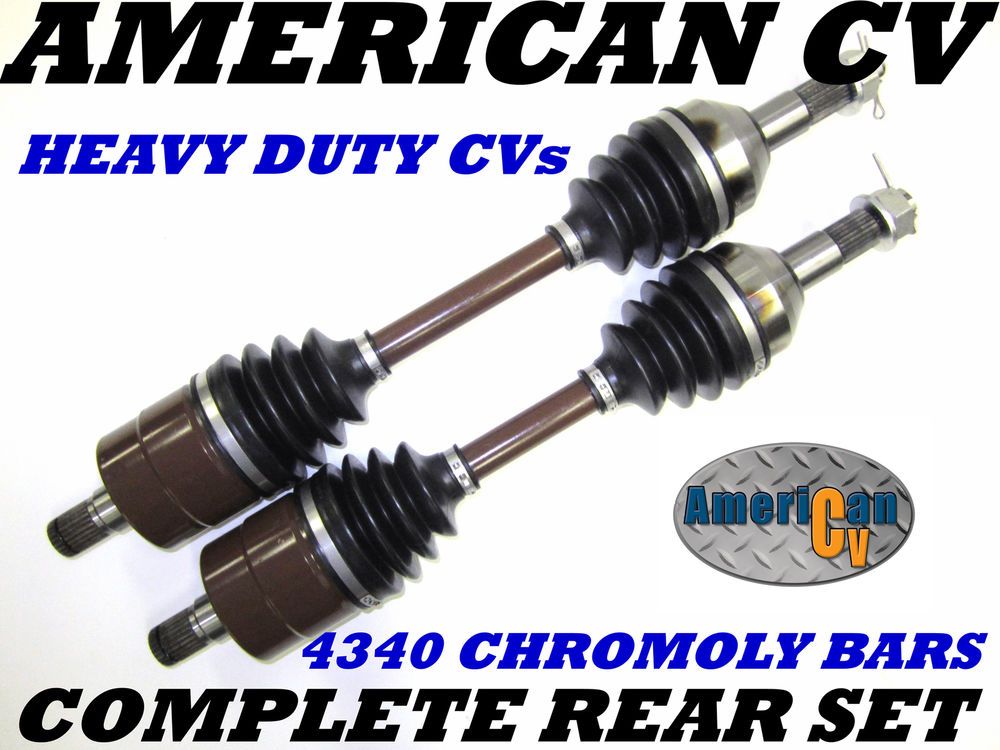 From this article you will learn when and why silent blocks need to be replaced, which silent blocks are better to choose (polyurethane or rubber), as well as how silent blocks are replaced and what you should pay attention to as part of this procedure.
From this article you will learn when and why silent blocks need to be replaced, which silent blocks are better to choose (polyurethane or rubber), as well as how silent blocks are replaced and what you should pay attention to as part of this procedure.
Dust and wear should not be considered the main problems. The reasons for the failure of the CV joint can be different, but often they distinguish high speed driving on bad roads, as well as backlash of ball joints. Sometimes there is also an incorrect installation of the CV joint when it is replaced or after other work has been carried out.
So, when driving on rough roads, you need to move as carefully as possible, especially if you take into account the specifics of the internal hinge. You should also avoid sudden acceleration with wheels turned out, etc. If mistakes are made when replacing the CV joint, distortions also reduce the resource of the assembly.
Special attention should be paid to the fact that the general condition of the suspension affects the hinges.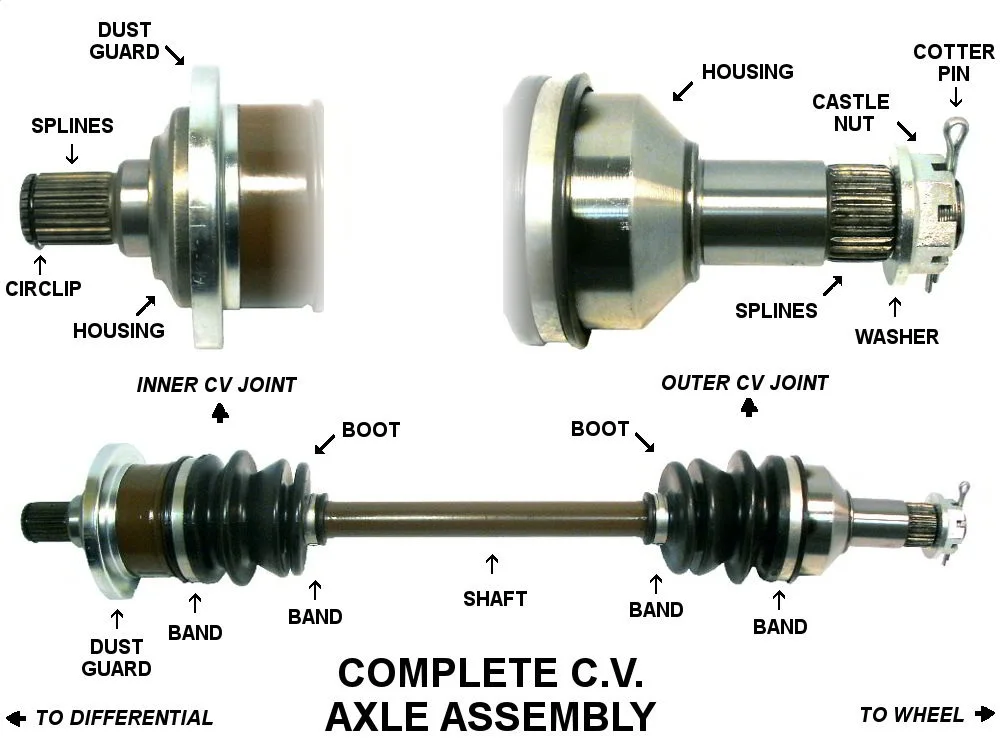 For example, the backlash of ball bearings also affects the condition of the outer and inner CV joints.
For example, the backlash of ball bearings also affects the condition of the outer and inner CV joints.
It is important to understand that the outer constant velocity joint receives all the shocks from the wheel, water, dirt and sand actively get on it. In turn, although the internal CV joint is less loaded, if the ball joint is torn out or if it has strong backlash, the internal hinges will also suffer.
As you can see, the failure of internal or external CV joints is clearly indicated by the characteristic features discussed above. It is important to understand that the outer and inner hinges are different from each other, they experience different loads and perform slightly different functions. During the diagnosis of internal or external CV joints, these nuances must be taken into account separately.
We also recommend reading the article on how to check and replace ball joints.